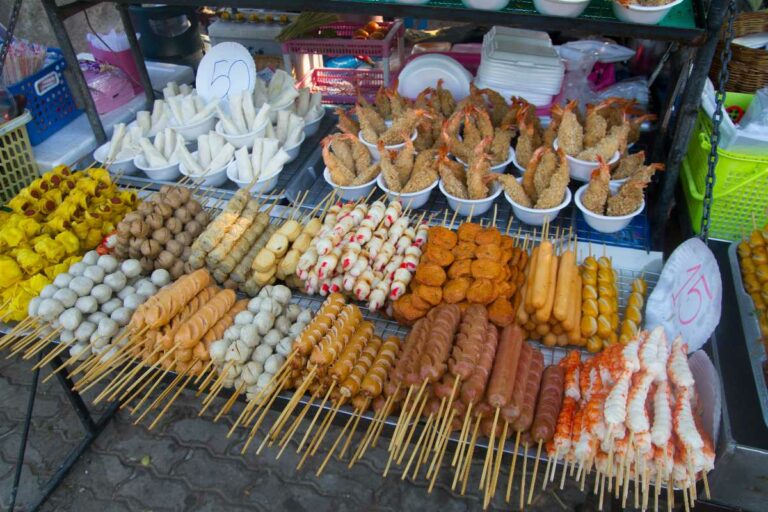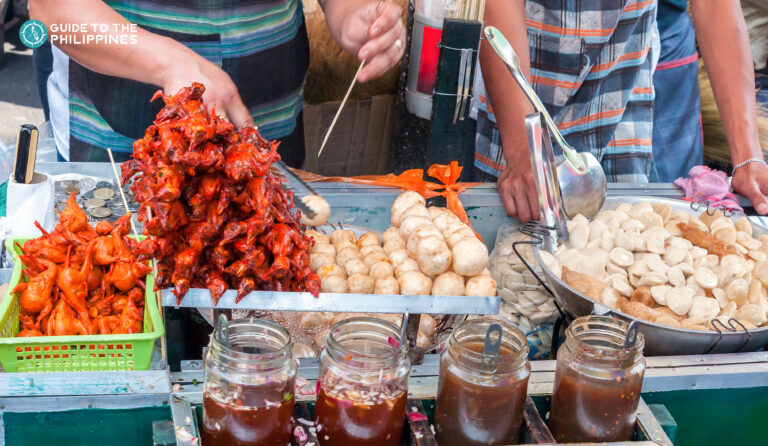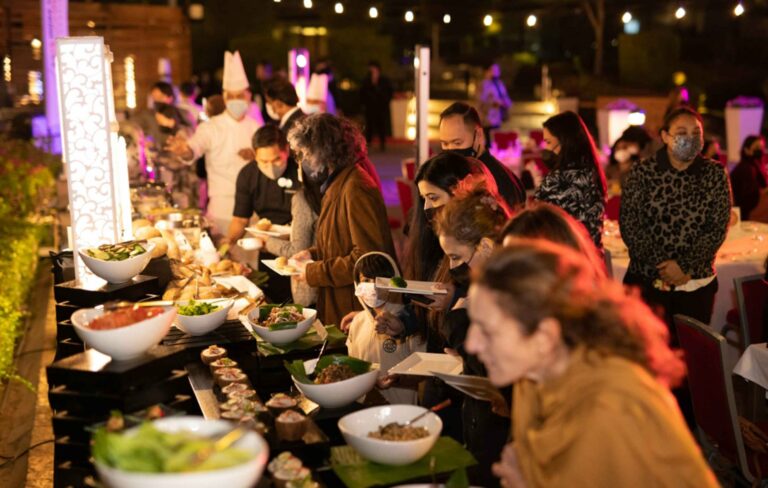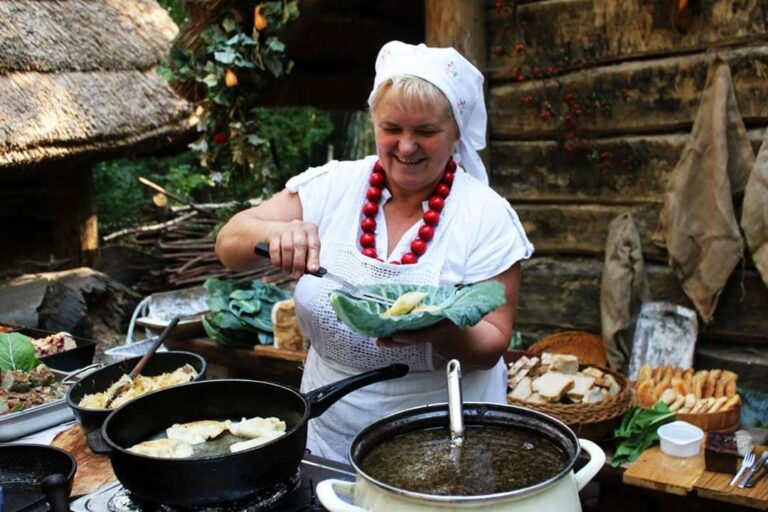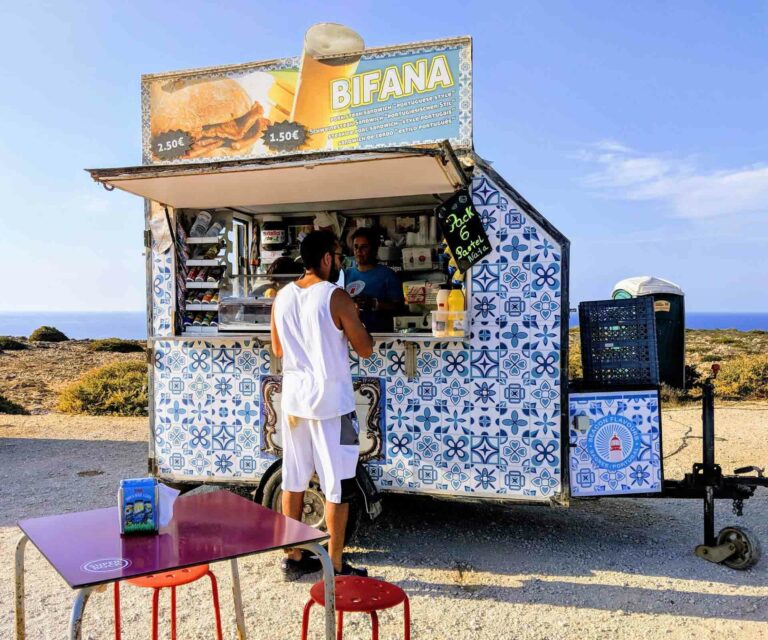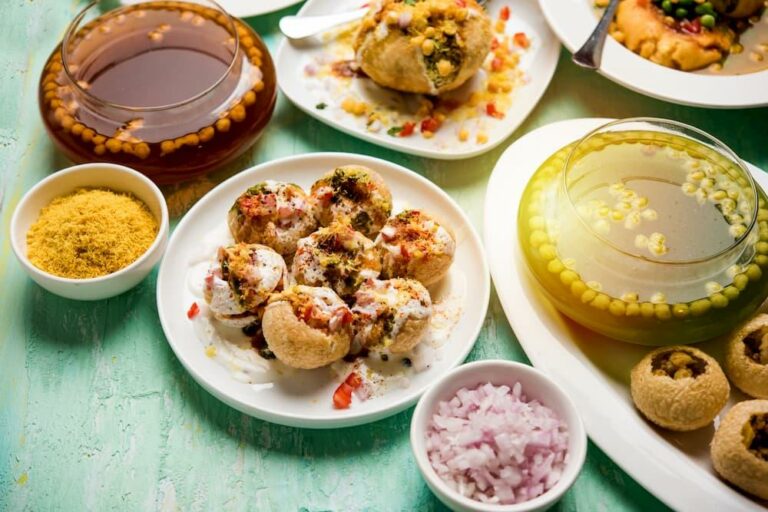Introduction: Street Food in the Philippines
Street food is an essential part of Filipino culture. The Philippines has a vibrant street food scene, where locals and tourists can enjoy a variety of delicious snacks on the go. From savory skewered meats to sweet desserts, there is something for everyone to try.
Filipino street food vendors usually operate from carts or stalls, and they are popular in busy areas such as markets, parks, and street corners. They are known for their friendly service and tasty treats, making street food a must-try for anyone visiting the Philippines.
Top 3 Must-Try Street Food Items
Here are the top three must-try street food items that you should not miss when visiting the Philippines:
- Balut: This is a fertilized duck egg that is boiled and eaten as a snack. Balut is a popular and unique Filipino delicacy that may seem unusual to foreigners. It is usually served with vinegar and salt and is believed to have aphrodisiac properties.
- Isaw: This is a grilled skewered chicken or pork intestine that is marinated with a mixture of spices and sauces. Isaw is a flavorful street food staple that is often paired with rice or bread and is popular among Filipinos of all ages.
- Halo-Halo: This is a refreshing dessert that consists of shaved ice, sweet beans, fruits, jelly, milk, and sometimes ice cream. Halo-halo is a perfect treat for hot and humid days, and it is one of the most iconic Filipino desserts.
Balut: A Popular and Unique Filipino Delicacy
Balut is a popular Filipino street food that is known for its unique taste and texture. It is a fertilized duck egg that is boiled and eaten as a snack. Balut is usually served with vinegar and salt, and the yolk and the embryo are eaten together. Balut is a popular snack among Filipinos, and it is often sold by street vendors who carry baskets of eggs on their shoulders.
Although balut may seem unusual to foreigners, it is considered a delicacy in the Philippines, and it is believed to have aphrodisiac properties. Balut is also a good source of protein and is often eaten by athletes to boost their energy levels. If you are feeling adventurous, be sure to try balut when visiting the Philippines.
Isaw: A Grilled and Flavorful Street Food Staple
Isaw is a popular Filipino street food that consists of grilled skewered chicken or pork intestine. It is marinated with a mixture of spices and sauces, giving it a unique and flavorful taste. Isaw is often paired with rice or bread and is a popular snack among Filipinos.
Isaw is a versatile snack that can be eaten on its own as a street food or served as a main dish in restaurants. It is also a popular party food and is often served in large quantities during celebrations and events. If you want to experience the taste of authentic Filipino street food, be sure to try isaw when visiting the Philippines.
Halo-Halo: A Refreshing Dessert for Hot and Humid Days
Halo-halo is a refreshing dessert that is perfect for hot and humid days in the Philippines. It consists of shaved ice, sweet beans, fruits, jelly, milk, and sometimes ice cream. The name “halo-halo” means “mix-mix” in Filipino, and it refers to the way the ingredients are combined to create a delicious and colorful dessert.
Halo-halo is a popular street food dessert that is often sold by street vendors or served in restaurants. It is a perfect way to cool down on a hot day, and it is one of the most iconic Filipino desserts. If you want to experience the taste of authentic Filipino desserts, be sure to try halo-halo when visiting the Philippines.
Conclusion: Exploring the Diversity of Philippine Street Food
The Philippines has a diverse and vibrant street food scene, and exploring it is a must-do for any traveler visiting the country. From savory skewered meats to sweet desserts, there is something for everyone to try. Balut, isaw, and halo-halo are just a few of the must-try street food items that you should not miss when visiting the Philippines. So why not grab a plate and join the locals in enjoying the flavors of Filipino street food?

